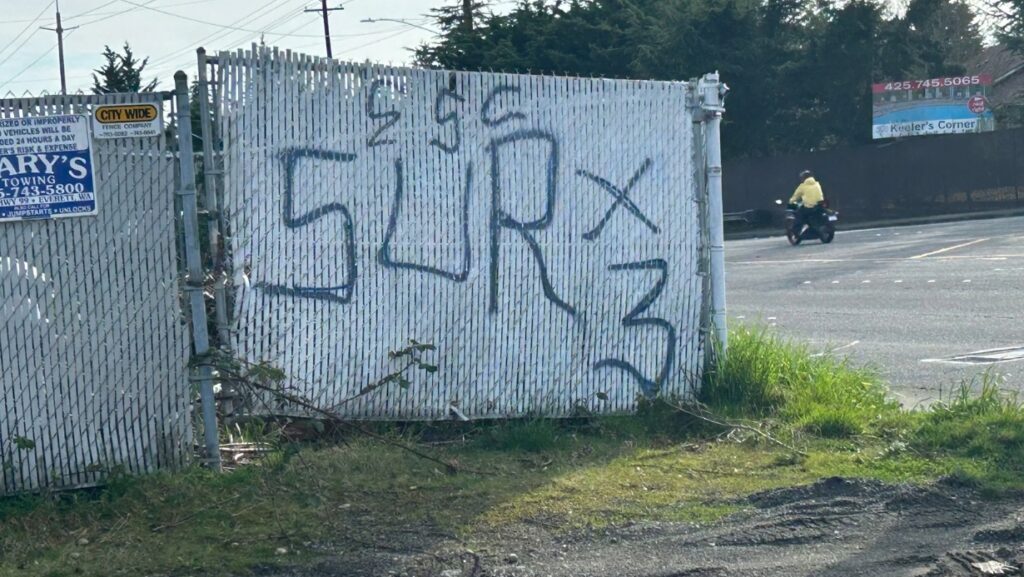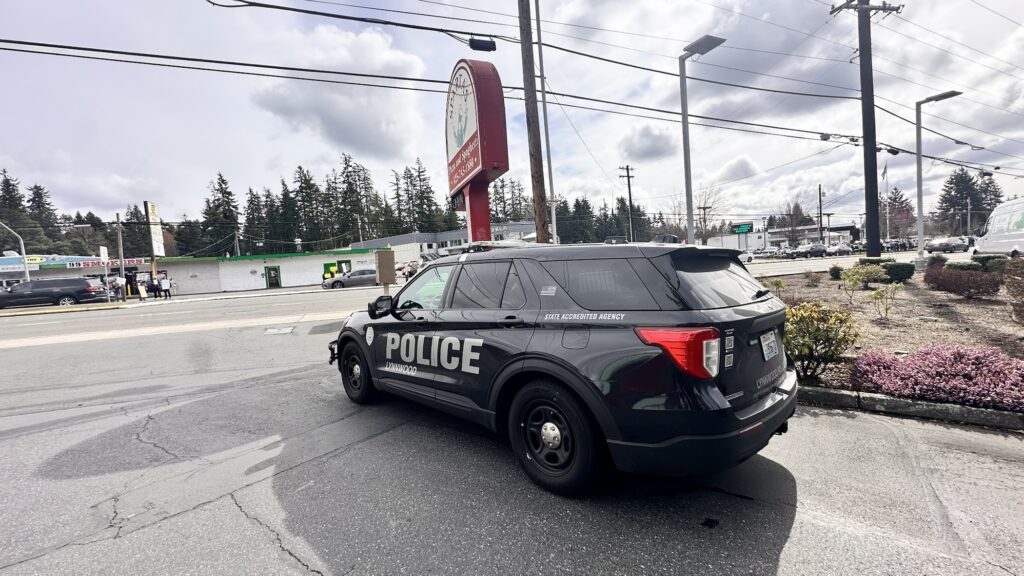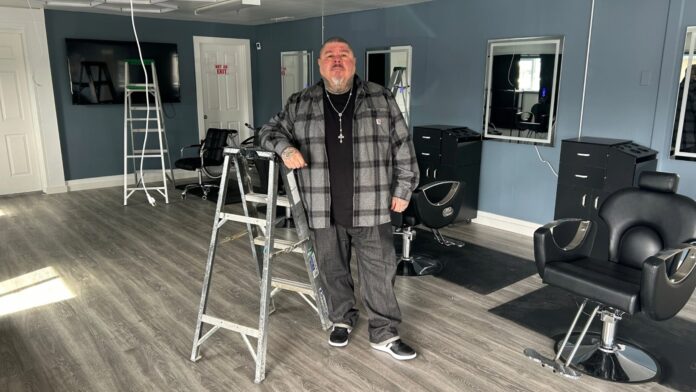
(Article) Gangs: Poverty, Exclusion and Lack of Opportunities (For Youth)
Latino Herald features a series of articles focused on the health of the community living in South Snohomish County, and are sponsored by the Verdant Health Commission.
Lynnwood, WA — Like a cancer that comes and goes, juvenile delinquency is, and has been, part of the communities of southern Snohomish County. Anyone driving along the so-called “99th Avenue Corridor” can see the graffiti that local gang members leave in their wake with the intention of marking what they see as their territory. They claim spaces with spray trails that are later crossed out by elements of another clique, a clear sign of an open defiance that occasionally claims lives.

Most of those who drive on 99th Street and see these graffiti do not know if they come from gang members or if they are just expressions of “urban art.” And many of them may not know – or suspect – that their children may be part of these gangs, or that they may be at risk of being recruited. Likewise, the authorities affirm that most of the young people who commit crimes identify themselves as gang members.
Scarce resources
Although there are some programs available for teens and children that offer service options such as child care and pre-school and after-school programs, the attention devoted to the core problem of gangs is not enough.
Organizations like Boys & Girls Clubs offer several of these programs, but many of the families who need them have to look for subsidies to cover the fees and other parents are either not interested or simply don’t know that their children have this option.
And again: the programs are for kids to keep busy after school, but they don’t fully address a situation where a teen is already involved or about to be part of a gang.
Expert collaboration
Certainly all is not lost because there are those who understand first-hand the complexity of this matter, simply because they experienced it in their own flesh, and there is very little that they can tell them about it that they have not experienced.
This is the case of Genaro Sánchez, director of the O.U.R. Journey Youth Empowerment Group, who agreed to an interview with Latino Herald and told us that the first thing to do to understand these minors attracted to gangs is to find out what they are fleeing from.

“Many people in the community, whether in churches, in schools, even in families, when they hear ‘gang’ they equate it with ‘violence.’ When we hear ‘gang’ we identify it with ‘trauma.’ If the community doesn’t understand these children, they will never understand themselves… their only thought is going to be that they have to survive, that at all costs, they have to survive.”
When we ask him how it is possible to prevent an adolescent from being attracted and subsequently trapped in the world of gangs, Genaro explains that before trying to solve the lives of these minors, it is necessary to find the human material that is willing to do the work that is required, since it is quite complex and requires a very particular level of identification with these minors; and apparently, not everyone has it.
“When you know you have the capacity to do this work, the next step is to gain the trust of the community. You must have the tools to help these young people or you will not be able to do it properly; if you are not able to open wide the doors of the community, it is because that community does not have faith in you, and therefore, the young man, or adolescent, will not place their trust in you either. Creating those bridges, those relationships, having those contacts produces positive results.”
To describe a precise context of a minor’s mentality in these circumstances, Genaro continues the story by detailing his experience with a 14-year-old boy who confessed his personal perspective to him.

“At my age, I already have 3 strikes against me: I am brown-skinned, they are an immigrant and I live in poverty; in my house I have nothing, what there is is a lot of violence”
Genaro assures that working with this minor was very hard, but it paid off because he is currently about to finish high school and already has a plan to attend university. We asked him how this transformation is achieved and he told us: “You give them the tools to see the possibilities in front of them, because when they are damaged, the outlook looks dark and everything they perceive is negative.”
The role of the authorities
One of the most important ingredients on this list of requirements to aspire to success is the direct contact of qualified police officers with at-risk minors.
“Police officers, law enforcement authorities, are crucial to us; there are good and bad ones, but the ones I have a connection with today do their best to establish genuine bonds with these young people,” Genaro says.

Since the consensus of experts is that gangs are recruiting younger and younger elements, authorities in some regions of the country have stressed the importance of creating links with children from the third year, that is, with children under 7 or 8 years old.
Such is the case of the Harrisburg, Pennsylvania, police department, whose police department works to recruit children before gangs do. They say that the modus operandi of gang members is to approach and enlist minors of that age initially for things like transporting a firearm from one place to another in exchange for money. This was explained by Angelo Craig, director of the Violence Intervention Project, from the Harrisburg community, who made a series of presentations in several elementary schools in the area to third, fourth and fifth grade students.
“They use younger children because, they believe, they are more difficult for police officers to identify,” Craig said.
The local affiliate of the ABC network did a report on it to illustrate the benefits of these efforts.
Here in Washington, for a few years now, several school districts have chosen to eliminate or replace programs that include School Resource Officers and have focused on hiring private security and assigning district employees to deal with certain cases, when necessary.
This is the case of the Edmonds School District.
In Part Two of this story, we show the results of the request we made to the Lynnwood police to talk to them about the issue at the local level, and we also approached the Edmonds School District to ask about the results they have obtained from the elimination of the Assigned Agent Program (SRO)


